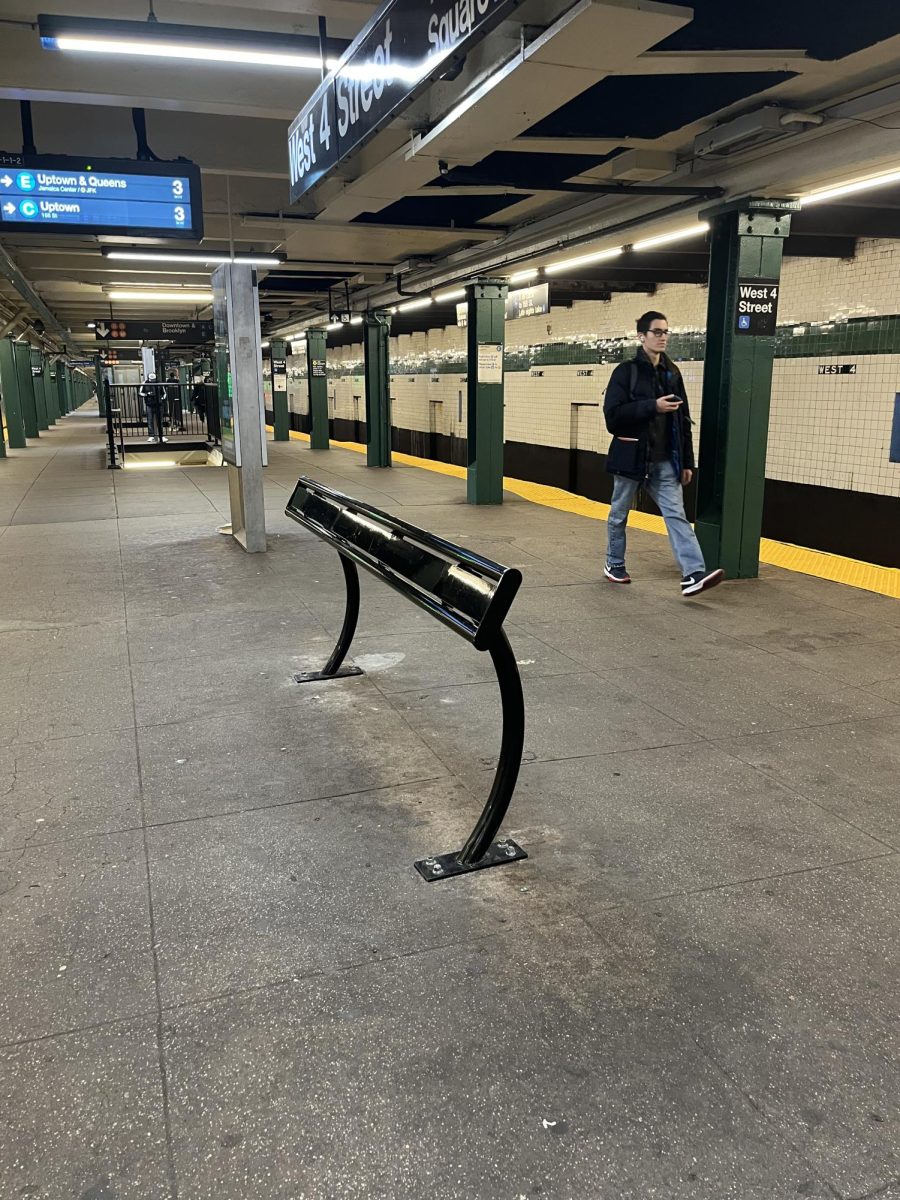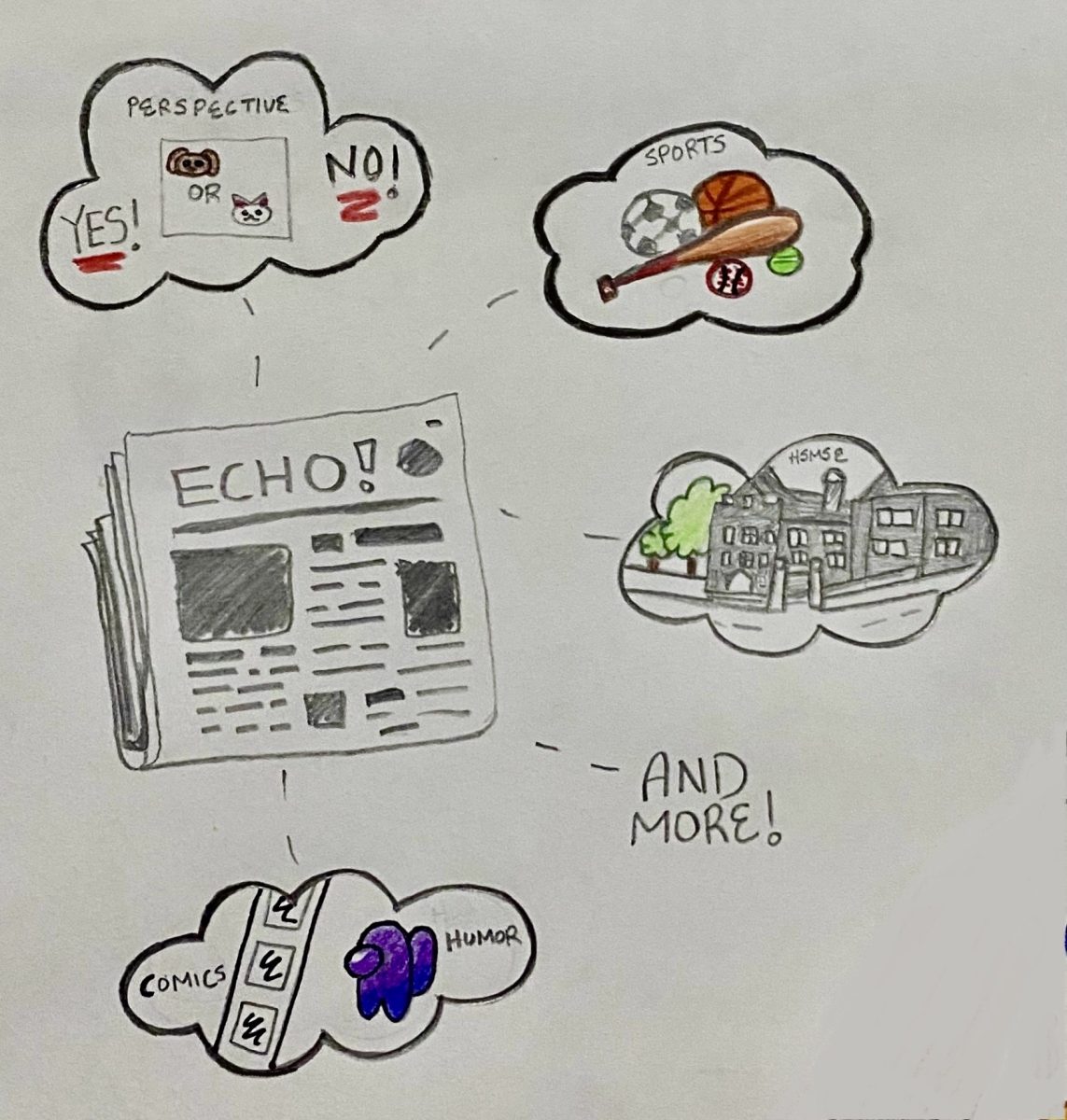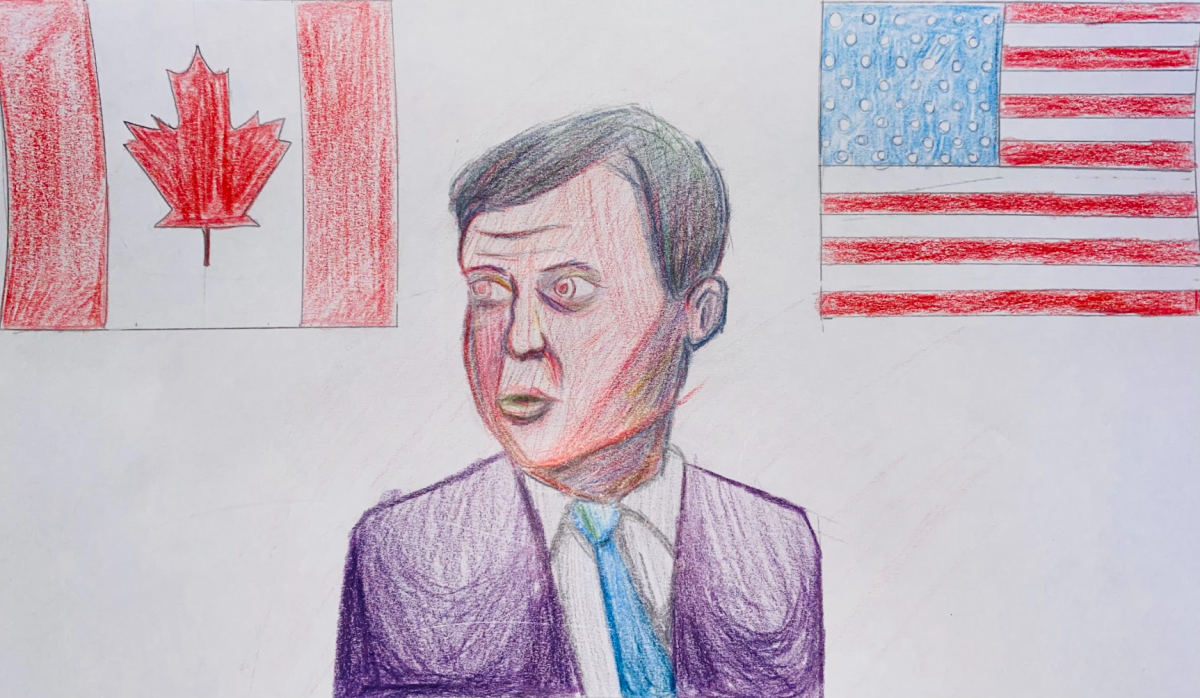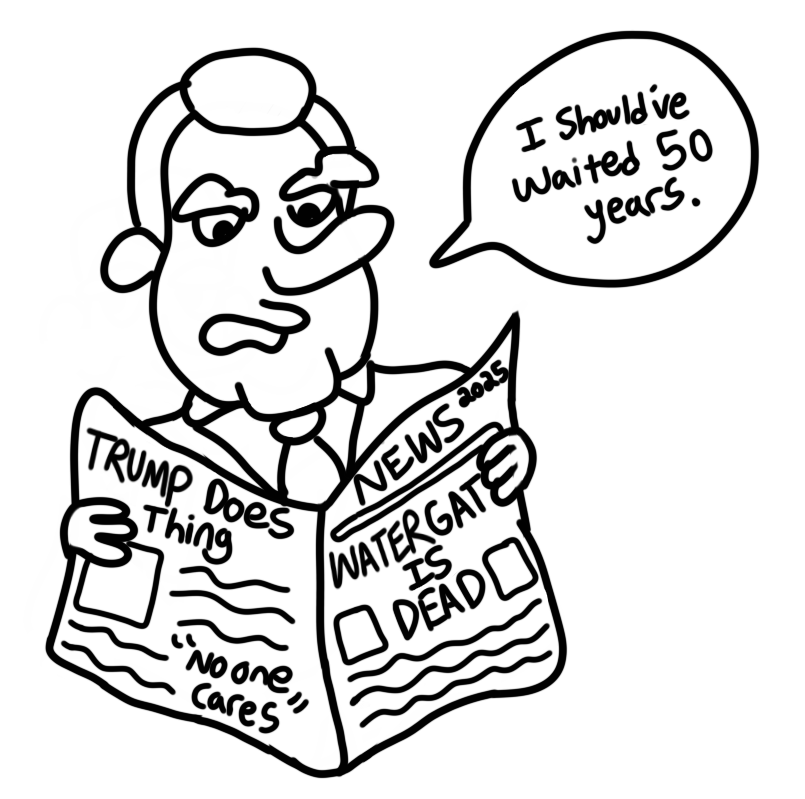Since the 20th of January, President Donald Trump has issued many significant executive orders that affect everyone in the country. Executive orders are like special instructions from the president to the government with the intent of passing them as laws. However, if these orders violate constitutional rights or federal laws, they can be challenged and struck down in court. Executive orders can lead to new rules or changes in how existing laws are enforced, so everyone needs to know the scope of these policies and what they aim to accomplish to prepare themselves for how they might be affected.
Trump’s goals during his presidency are centered around his “America First” agenda, based on his slogan: “Make America Great Again.” He wants to bring America back to a past era of economic prosperity by securing borders, boosting the economy, and reducing government bureaucracy. In short, his agenda is defined as prioritizing American interests over other nations’ interests concerning geopolitics.
Policies on Immigration:
One of the most important issues on President Trump’s agenda is immigration. To attend to this, he plans to secure the borders by constructing a wall along the U.S.–Mexico border and installing more border patrol agents to monitor the border and prevent illegal immigration.
Some of the new executive orders related to immigration include attempting to end birthright citizenship for children born to undocumented parents, allowing local and state law enforcement to help enforce immigration laws, and shutting down a mobile app that allowed asylum seekers to schedule appointments at border entry points. Legal experts are currently filing lawsuits against the executive orders, arguing that ending birthright citizenship violates the 14th amendment, which grants citizenship to anyone born in the U.S. Critics also argue that ending the CBD mobile app could lead to more illegal border crossings and increase wait times and backlog at the border.
A popular topic under the Trump Administration is the mass deportation policy. The plan is to deport millions of undocumented immigrants by using local and state police to help with immigration enforcement and preparing detention spaces to hold immigrants before deportation. These actions are causing fear and worry in immigrant communities, as families are concerned about their futures and safety.
President Donald Trump announced new import tariffs from three of the United States’ largest trading partners: Canada, Mexico, and China. The tariffs imposed “25% on all imports from Canada and Mexico except for energy resources from Canada, which has a lower 10% tariff”. There is also a 10% on imports from China. These tariffs are part of Trump’s broader strategy to promote domestic manufacturing and address issues such as illegal immigration and drug trafficking. By making imported goods more expensive, Trump believes the tariffs would encourage consumers and businesses to buy domestically produced goods, thereby boosting local industries.
However, the introduction of these tariffs had several negative effects on international trade relations and the U.S. economy. The tariffs led to strained relations with Canada, Mexico, and China, as these countries responded with counter-tariffs. This created a trade war that affected global markets. The tariffs resulted in higher prices for imported goods. This is leading to increased costs for everyday items, such as groceries, electronics, and clothing. Higher prices for imported goods would hurt U.S. workers by reducing their purchasing power and increasing the cost of living. This would encourage economic shrinkage and inactivity, not stimulating the domestic market.
Withdrawal from the Paris Climate Accord:
On the same day as his inauguration, Trump signed off an executive order to leave the Paris Climate Accord. The Paris Climate Accord, also known as the Paris Agreement, is an international treaty that aims to address climate change and its impacts. The Trump administration argued that the Paris Agreement imposed unfair economic burdens on American workers, businesses, and taxpayers, claiming that the commitments made under the agreement would undermine the U.S. economy. Also, Trump wants the U.S. to rely more on its energy sources, like oil and gas, instead of depending on other countries’.
Leaving the Paris Agreement would reduce—but not eliminate—U.S. participation in the fight. This decision raised questions about the U.S.’s role in future climate negotiations and strained relations with other countries and international organizations committed to climate action.






























![[ERROR]: Lack of Women in the Software Industry](https://theechohsmse.com/wp-content/uploads/2024/12/APC_0280-984x1200.jpeg)










